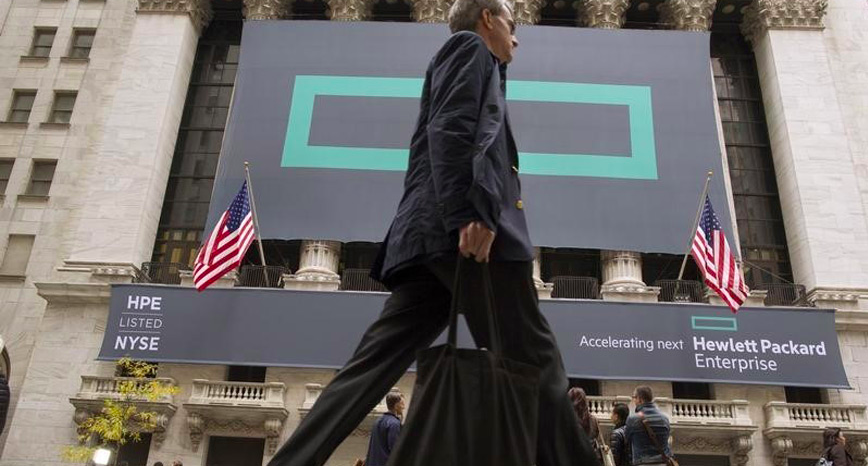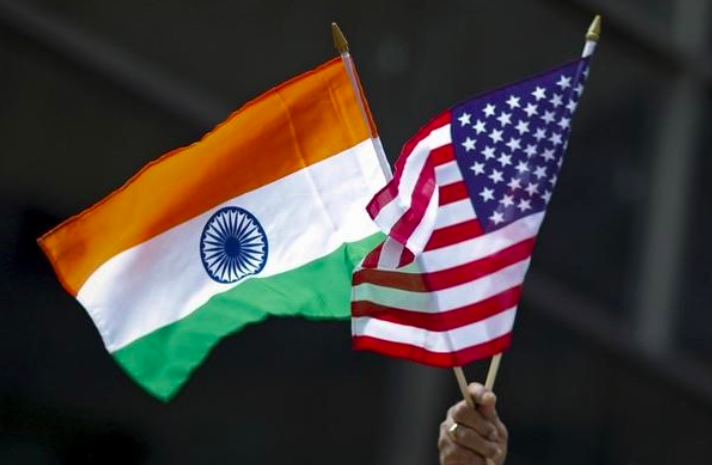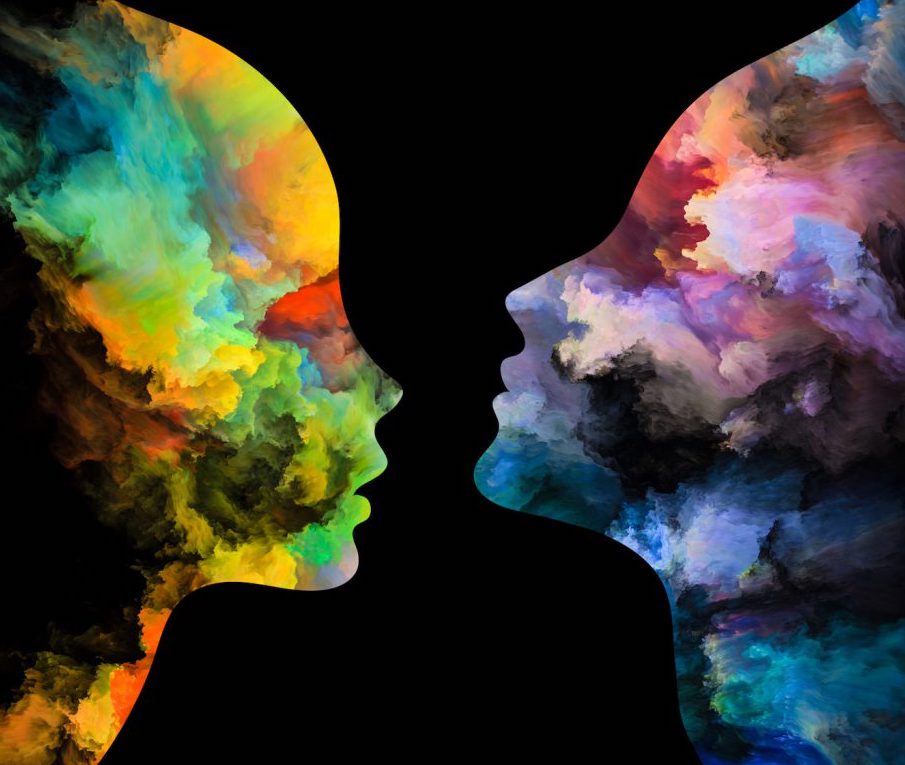Imminent Revolution – Cryptocurrency, Branded Money And Erosion Of National Sovereignty
The acclaimed tamper-proof ledger put wheels on blockchain taking it everywhere from healthcare to insurance and AI is the basis for cryptocurrencies such as Bitcoin and now Libra. It’s sensible to consider the risks first. Its open and versatile nature could perhaps be its undoing. Quantum computing, could break blockchain defenses. That risk is palpable and the consequences are dire. Quantum computers can store more information using less energy than traditional computers, which means they can rapidly perform complex calculations. [siteorigin_widget class=”SiteOrigin_Widget_Image_Widget”][/siteorigin_widget] Unlike normal computers, quantum machines can go down multiple paths simultaneously in their problem-solving. As a result, it is tens of thousands to millions of times faster than current computers and more power means tasks such as breaking encryption becomes easier, potentially exposing critical data and sensitive information. As early as 2016 attempts by a team from MIT and the University of Innsbruck led to a quantum computer that they claim, if successfully scaled up, could break RSA encryption, a widely used algorithm. This is the standard encryption, securing everything from text messages to e-commerce. Given this news, one can only imagine the panic happening in commercial and intelligence establishments. The blockchain is particularly vulnerable because it has a single point of failure. Once breached, all the blocks are freely available for invasive appropriation from criminal mafias to undercover agencies to gather. Today they are encrypted, hence secure. Once quantum computing gets cheap enough, there could be huge leaks of blockchain data that is potentially being secured into a captive reservoir now. In 2018, Google unveiled Bristlecone, a chip with 72 qubits that the company believes could soon reach “quantum supremacy”, bringing mass-produced quantum computers to market. The biggest locks on our doors are as safe as the key that gently turns and opens it. Now let’s look at the hype. Who is to assess the magnitude of the change that is upon us? Is blockchain an imminent reality that is commercially viable now? Products and services are being “reinvented” with AI at their core. There is huge investor interest in AI data plus intelligence means new solutions to problems. But who is judging if the AI being sold as nirvana is not some ready-made algorithm slapped on existing data? AI needs to deliver in a commercially scaled manner. The question to ask the current AI hype builders is whether AI is ready for real-world robustness? The direction is set and the momentum is irreversible but the real magic will happen when early failure makes the smart followers scale to commercial giant status. The future is an era of AI no matter what the risks. That’s a certainty. We are living in an age where mass is replaced by personalised. Everyone has a data track and the distinction between local and global is disappearing. Everyone is enabled by technology to choose between multiple market-based alternatives. For example, minting money used to be always a sovereign right. But now we see an explosion of alternative cryptocurrencies. Investors like Andreessen Horowitz, Bain Capital, and Peter Thiel have invested over $300 million into stable coins, projects that are seeking to print dollars and euros in blockchain to compete with central banks. This is a direct and potent challenge to control of monetary policy by central banks. Fact is that today most dollars and other global reserve currencies exist only as digital records, not as physical paper notes. Add to the tech-enabled fact that anyone can create blockchain-based cryptocurrencies, and we could create a system that issues a cryptocurrency which always has the same value as a dollar. Then there will be no distinction between a federal reserve dollar and a crypto-dollar. Today a dollar or euro is a unit and denomination of monetary value, not brands Projects such as Maker and Basis are attempts to achieve precisely this – creating crypto-currencies that can be accepted as if they were “real dollars” and are exchangeable for Fed-dollars on a one-to-one basis. There was a time when business was wary of big government. It is the other way around now. Recently, Facebook announced that it would launch its own digital coin next year, a potentially revolutionary step that will allow 2.4 billion users to make payments over its network. This promises to crack open one of the most over-regulated industries in the world. Doing so with its own private global currency, Facebook will allow users to convert from dollars, pounds, and other international currencies into this cryptocurrency called Libra and vice versa. The coins can be used for all in nature of commerce on the Internet in physical locations and transferring money without needing a bank account. This cryptocurrency, being developed in Switzerland is backed by networks such as Visa, MasterCard, and PayPal. Others in the ecosystem include Uber, Spotify, eBay, Vodafone amongst a total of 28 companies that are reported to have signed up. The cryptocurrency was born with Bitcoin a decade ago and several other minor cryptocurrencies followed but their summative impact seems fairly marginal. Estimates of the numbers using Bitcoin do not exceed 20–25 million people. Facebook, however, is on a completely different scale. Besides 2.3 billion users, Whatsapp has another 1.5 billion. This user base along with a market value of $500 billion gives Facebook the muscle mass needed. If Libra becomes the currency used by everyday people it will be an irreversible phenomenon. Despite all its other troubles, the market is anticipating this huge breakthrough and the Facebook share price has climbed throughout this year. It will immediately impact traditional banking. Across the world, regular banks are grappling with ineffective scale, poor legacy technology, weak unemotional branding, and ‘low-tech – high touch’ structures. Their liquidity comes in via the current and savings accounts. Once that is gone, traditional banking will be gone too. It will also massively erode the power of governments, central banks, and monetary sovereignty. Once a currency has 2–3 billion users across the world no single government or currency can dislodge it. In other words,
Imminent Revolution – Cryptocurrency, Branded Money And Erosion Of National Sovereignty Read More »





